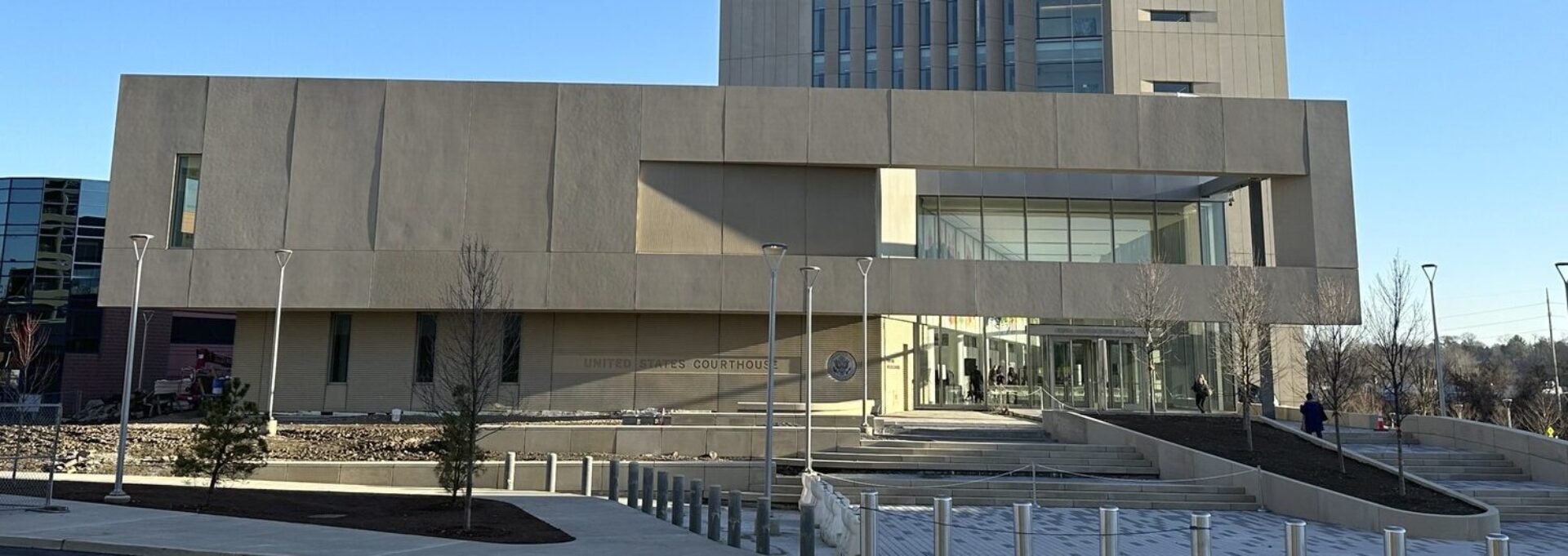
Location Harrisburg, PA
Client General Services Administration (GSA)
Services Commissioning, Construction Management, Project Management
Project Value $200 million
Hill managed construction of the General Services Administration’s (GSA) new Sylvia H. Rambo U.S. Courthouse in Harrisburg, PA. This 243,000 SF facility helps meet the U.S. District Court for the Middle District of Pennsylvania’s 30-year space requirements with eight courtrooms, eleven judges’ chambers, jury facilities, holding cells, and secured indoor and outdoor parking. The courthouse is named after the Honorable Judge Sylvia H. Rambo, who has served as a judge for the Middle District since 1979 and is the first woman to have served as chief judge of the Middle District. It replaces Harrisburg’s Ronald Reagan Federal Building and U.S. Courthouse, constructed in the 1960s with only four courtrooms and now outdated security systems. Tenant agencies include Middle District of Pennsylvania and Bankruptcy Courts, U.S. Marshals Service, U.S. Attorneys, U.S. Trustees, Homeland Security, Federal Public Defender, and GSA.
The building, designed by Ennead, is a steel structure with precast concrete envelope, vertical glazing, and stone details. Designed to meet LEED Gold standards, the Courthouse incorporates the GSA Public Buildings Service Facility Standards and U.S. Marshals Service Publication 64 requirements and specifications for security, safety, and health. This includes requirements for blast resistance, progressive collapse, security controls, prisoner exchange, and secure corridors. The facility also includes infrastructure to enable the latest technology for courtrooms as well as the flexibility to accommodate future enhancements. In addition, the building was designed to accommodate natural light, from the 30-foot glazed panels in the entryway to the intricately angled glass fiber reinforced concrete fins that allow natural light into the elevator lobbies.
Hill provided complete preconstruction, procurement, and construction phase services, including commissioning, for the project. The Hill team emphasized collaboration with all stakeholders using such tools as BIM modeling for design reviews, discipline coordination, constructability reviews, and quantity take-offs, as well as ePM information controls and document sharing. These technologies fostered discussion and helped resolve challenges quickly. Equally important, Hill helped maximize GSA’s return on investment by conducting market surveys, creating independent estimates and, during construction, verifying work met specifications on-site. In this way, Hill helped the project team deliver the high-quality project that GSA and the U.S. District Court envisioned.